Scratch for Beginners: Coding through Stories & Creativity
- Beginner
- 4 hours
- 6-10 Years
-
 Online Classes (Group)
Online Classes (Group)
 INR 500.00 Per Lesson
INR 500.00 Per Lesson

Sidhi Maheshwari
India |
(1 vote)
Introduce your child to the world of coding by narrating stories, creating animations, and videos.
Lesson 1: Pop the balloon
Lesson 2: Cat in the City
Lesson 3: Catch the apple
Lesson 4: Video sensing snowman
Scratch Intermediate Coding: STEM Projects, Games & Creative Logic
- Intermediate
- 48 hours
- 1-15 Years
-
 Online Classes (1-to-1)
Online Classes (1-to-1)
 INR 1200.00 Per Lesson
INR 1200.00 Per Lesson

Riya UT
India |
(1 vote)
Take your child’s Scratch skills to the next level with this interactive intermediate course. Kids will explore advanced coding concepts like clones, lists, custom blocks, operators, and Scratch extensions while applying their knowledge to build games, STEM projects, and real-world simulations. With creative challenges and hands-on activities in every session, this course sharpens logic, deepens coding fluency, and encourages innovation.
Course Structure
- Advanced block coding
- STEM project design
- Event handling
- Cloning
- Operators (relational, logical, mathematical)
- Custom blocks (My Blocks)
- Strings
- Date and time
- List manipulation
- Sorting and data handling
- Pen extension
- Music and Translate extension
Secrets of Solving 3x3 Rubik's Cube
- Beginner
- 4 hours 30 minutes
- 6-15 Years
-
 Online Classes (1-to-1)
Online Classes (1-to-1)
 INR 300.00 Per Lesson
INR 300.00 Per Lesson

Yash Chaudhary
India |
(1 vote)
Dive into the fascinating world of Rubik's Cubes with this engaging, step-by-step course! From mastering the basics to honing advanced speed cubing techniques, this course is designed to build your skills progressively and effectively.
Rubik's Cube solving is not just a fun pastime; it's a powerful tool for developing problem-solving skills, improving memory, and enhancing cognitive abilities. This course provides a structured learning path, ensuring a solid foundation in Rubik's Cube fundamentals and beyond.
Lesson 1: Get To Know Your 3x3 Rubik's Cube
- Types of pieces in Rubik's Cube
- Notations and faces of Rubik's Cube
Lesson 2: Solve the White Cross
- 3-step formula for solving edge pieces
- Handling the special cases
Lesson 3: Solve The White Corners
- 3-step formula for solving corner pieces
- Handling the special cases
Lesson 4: Solve The Middle Layer
- 3-step formula for solving middle-layer edge pieces
- Handling the special cases
Lesson 5: Solve The Yellow Edge Pieces
- Situation hacks for edge pieces
- Orienting with the correct centers
Lesson 6: Finishing the 3x3 Rubik's Cube
- Permuting the corners in the correct position
- Interesting pattern algorithms
Sexual Reproduction In Flowering Plants And Animals
- Expert
- 9 hours
- 16-18 Years
-
 Online Classes (1-to-1)
Online Classes (1-to-1)
 INR 2500.00 Monthly
INR 2500.00 Monthly

Chandan Choudhury
India |
(1 vote)
To learn about the reproductive system, fertilisation, and post-zygotic development in both plants and animals (for both beginners, intermediate, and advanced levels for students starting from the 6th standard to students preparing for NEET)
Course Structure
Sexual Reproduction In Flowering Plants And Animals
- Gametogenesis In Plants And Animals
- The Female And Male Reproductive Systems In Plants And Animals
- Ways Of Gamete Transfer And Pollination In Plants
- Fertilisation And Post-Zygotic Development In Both Plants And Animals
The Secret Life of Cells: From Structure to Survival
- Intermediate
- 10 hours
- 11-18 Years
-
 Online Classes (Group)
Online Classes (Group)
 INR 1500.00 Weekly
INR 1500.00 Weekly

Kritika Rajbhar
India |
(1 vote)
Unlock the mysteries of cells—the tiny powerhouses of life!
This lesson dives deep into cell structure and function, explores the intricacies of the cell cycle and division, and sheds light on the fundamental biology of cancer. Through interactive learning, students will discover how cells shape health, growth, and genetics, making science both fascinating and relevant.
Lesson:1 Cell basics
- Learn the basics of cellular existence and its types
Lesson: 2 Cell structure and the organelle functioning
- Learn about the different organelles in cells and their functions
Lesson: 3 Cell cycle
- Learn about the different phases of the cell cycle and their importance in regulating the human body
Lesson: 4 Cell division
- Learn about the two different types of cell division and their roles in different life processes
Lesson: 5 Oncology basics
- Learn how disruptions of the cell cycle and cell division lead to tumors and cancers.
- Focus on how cancer cells differ from healthy cells and how it can be diagnosed and treated
The Spanish Alphabet & Everyday Pronunciation: Speak with Confidence from Day One!
- Beginner
- 2 hours
- 1-18 Years
-
 Online Classes (1-to-1)
Online Classes (1-to-1)
 INR 1000.00 Weekly
INR 1000.00 Weekly

Monjima Deshmukh
India |
(1 vote)
In this course, we will explore :
Lesson Name: The Alphabet and Production
- Spanish alphabet and spelling names
- Vowels and consonants pronunciation
- Accents and special letters
- Spelling and Saying Email/Phone
The Sparkling Step: Learn the Art of Tillana
- All Levels
- 12 hours
- 1-18 Years
-
 Online Classes (Group)
Online Classes (Group)
 INR 4000.00 Monthly
INR 4000.00 Monthly

Amruta Panchal
India |
(1 vote)
In this course, we will explore Thillana, a vibrant and energetic part of Bharatanatyam. Students will learn:
- 3 Mai's
- 2 Jatis - Trikala Jati
- Jati
- Panchajati – 5 Jatis
- Anupalavi - Abhinaya
- Last Jati
Lesson Name: Thillana
- Nritta (Pure Movements)
- Anupallavi with Nritya (Abhinaya)
- Panchajatis- laya (tempo)
- Tala (Rhythm)
Lessons schedule - Tuesday
Timings- 5.30 pm- 6.30 pm
The world of Artificial intelligence and Machine Learning
- All Levels
- 48 hours
- 12-18 Years
-
 Online Classes (Group)
Online Classes (Group)
 INR 5000.00 Monthly
INR 5000.00 Monthly

Amulya Sukrutha
India |
(1 vote)
Having a strong background in the fundamentals of AI/ML is crucial for building real-world applications that automate and optimize your lifestyle. Artificial Intelligence and Machine Learning precisely describe how to train our application to learn from the data, analyze it, and gain decisive abilities.
Lesson 1: Introduction to Artificial Intelligence and Machine Learning
- What is AI? What is ML? Differences between AI, ML, DL, and Data Science
- Real-world applications
- History and evolution of AI
- Types of ML: Supervised, Unsupervised, Reinforcement Learning
- Tools setup: Python, Jupyter Notebooks, Google Colab
Lesson 2: Python for AI/ML
- Python basics recap: variables, data types, functions, control flow
- Libraries for ML: NumPy, pandas, matplotlib
- Hands-on with data loading, preprocessing, and visualization
Lesson 3: Mathematics for ML - Part 1
- Linear Algebra essentials: vectors, matrices, dot product
- Applications in ML
- Numpy-based matrix operations
Lesson 4: Mathematics for ML - Part 2
- Probability and Statistics basics
- Mean, median, variance, standard deviation
- Distributions, correlation vs. causation
Lesson 5: Supervised Learning - Regression
- Linear regression (Simple and Multiple)
- Cost function, gradient descent
- Evaluation metrics: MAE, MSE, RMSE, R² score
- Hands-on: House price prediction dataset
Lesson 6: Supervised Learning - Classification
- Logistic regression
- Decision trees
- Confusion matrix, accuracy, precision, recall, F1 score
- Hands-on: Email spam classifier
Lesson 7: Unsupervised Learning - Clustering
- K-means clustering
- Evaluation: Elbow method, silhouette score
- Hands-on: Customer segmentation
Lesson 8: Unsupervised Learning - Dimensionality Reduction
- Principal Component Analysis (PCA)
- Feature selection vs. extraction
- Hands-on: Visualizing high-dimensional data
Lesson 9: Model Evaluation and Tuning
- Train/test/validation split
- Cross-validation
- Hyperparameter tuning (Grid Search, Random Search)
- Avoiding overfitting/underfitting
Lesson 10: Introduction to Deep Learning
- What is Deep Learning? Neural Networks
- Perceptron, forward/backward propagation
- Brief intro to TensorFlow/Keras or PyTorch
Lesson 11: Capstone Project Work
- Students form groups or work individually
- Choose a dataset, define a problem, build and evaluate a model
- Instructor mentorship
Lesson 12: Project Presentations + Wrap-Up
- Students present their projects
- Peer review
- Course recap, next steps, career guidance, resources
Understanding Parts of Speech: A Foundation for Grammar
- All Levels
- 32 hours
- 1-15 Years
-
 Online Classes (Group)
Online Classes (Group)
 INR 3380.76 Monthly
INR 3380.76 Monthly

Caleb Oparachukwu
Nigeria |
(1 vote)
How to identify words and the parts of speech they belong to.
Lesson 1: Introduction to Nouns
- Definition of nouns and their role in sentences.
- Types: Common vs. Proper, Singular vs. Plural, Concrete vs. Abstract.
- Types: Common vs. Proper, Singular vs. Plural, Concrete vs. Abstract.
Lesson 2: Nouns in Action
- Possessive nouns, collective nouns, countable vs. uncountable nouns.
- How nouns function as subjects and objects in sentences.
- Activity: Writing descriptive sentences using different types of nouns.
Lesson 3: Introduction to Pronouns
- Definition and purpose of pronouns.
- Types: Personal, Subject vs. Object Pronouns.
- Activity: Pronoun substitution exercises (replacing nouns with pronouns).
Lesson 4: Pronouns in Action
- Possessive, reflexive, and demonstrative pronouns.
- Pronoun-antecedent agreement to avoid confusion.
- Activity: Editing sentences to correct pronoun errors.
Lesson 5: Introduction to Verbs
- Definition and role of verbs in sentences.
- Types: Action vs. Linking Verbs.
- Activity: Identify and act out action verbs (interactive game).
Lesson 6: Verbs in Action
- Helping verbs, modal verbs, and irregular verbs.
- Subject-verb agreement rules.
- Activity: Sentence-building with verbs in different tenses.
Lesson 7: Introduction to Adjectives
- Definition and function of adjectives.
- Types: Descriptive, Demonstrative, Proper Adjectives.
- Activity: "Describe the Picture" – Using adjectives to describe objects.
Lesson 8: Adjectives in Action
- Comparative and superlative adjectives (bigger, biggest).
- Adjective order in sentences (size, color, origin).
- Activity: Rearranging adjectives in the correct order in sentences.
Lesson 9: Introduction to Adverbs
- Definition and function of adverbs.
- Types: Adverbs of Manner, Place, Time, Frequency.
- Activity: Match verbs with appropriate adverbs (e.g., "run quickly").
Lesson 10: Adverbs in Action
- Comparative and superlative adverbs (well → better → best).
- Avoiding overuse of adverbs in writing.
- Activity: Rewrite weak sentences by replacing or removing unnecessary adverbs.
Lesson 11: Introduction to Prepositions
- Definition and function of prepositions.
- Types: Prepositions of Place, Time, and Movement.
- Activity: Preposition hunt – finding prepositions in a short passage.
Lesson 12: Prepositions in Action
- Prepositional phrases and their role in sentences.
- Common preposition errors (in/on, at/by).
- Activity: Writing short descriptions using prepositions.
Lesson 13: Introduction to Conjunctions
- Definition and function of conjunctions.
- Types: Coordinating Conjunctions (FANBOYS: For, And, Nor, But, Or, Yet, So).
- Activity: Sentence-combining exercises using FANBOYS.
Lesson 14: Conjunctions in Action
- Subordinating conjunctions (because, although, while).
- Correlative conjunctions (either/or, neither/nor).
- Activity: Writing complex sentences using different conjunctions.
Lesson 15: Introduction to Interjections
- Definition and function of interjections.
- Types: Strong vs. Mild Interjections (Wow! Oops! Oh…).
- Activity: Identifying interjections in comics and everyday speech.
Lesson 16: Interjections in Action
- How interjections add emotion to writing and speech.
- Formal vs. informal interjections.
- Activity: Role-playing short dialogues using interjections.
Unlocking English: A Journey Through Latin and Greek Roots – Lesson 1
- Intermediate
- 8 hours 20 minutes
- 16-18 Years
-
 Online Classes (Group)
Online Classes (Group)
 INR 599.00 Per Lesson
INR 599.00 Per Lesson

Jude Dsouza
India |
(1 vote)
This course explores Latin and Greek roots, helping students boost vocabulary, recognize words easily, and use complex terms with confidence.
- Introduction
- Latin words in English
- Their meaning/usage/scenario
- Greek words in English
- Their meaning/usage







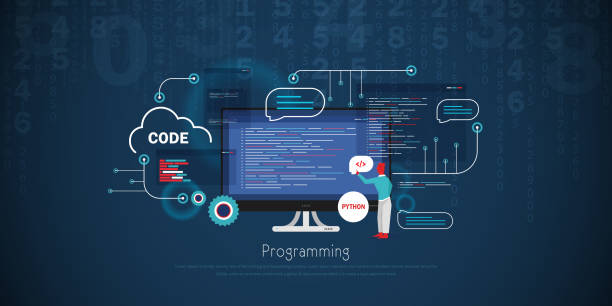





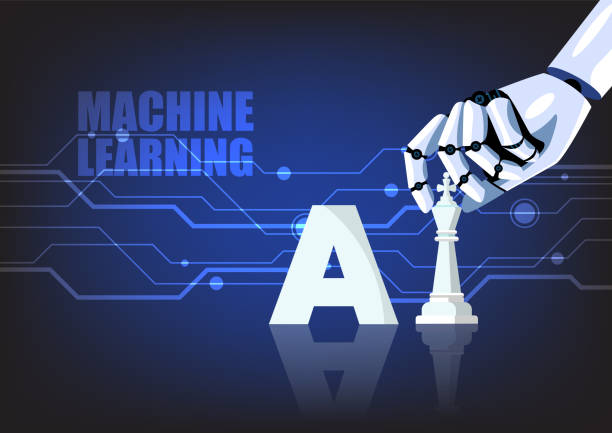
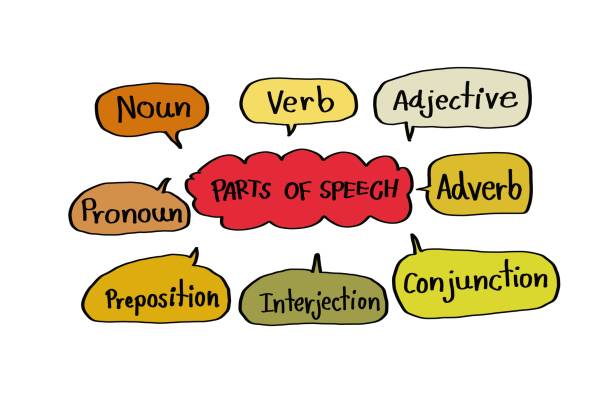

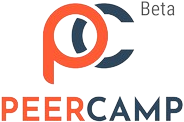
 Academics
Academics Tech Skills
Tech Skills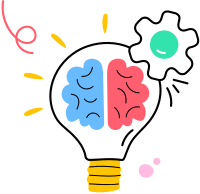 Soft Skills
Soft Skills Hobbies & Wellness
Hobbies & Wellness
